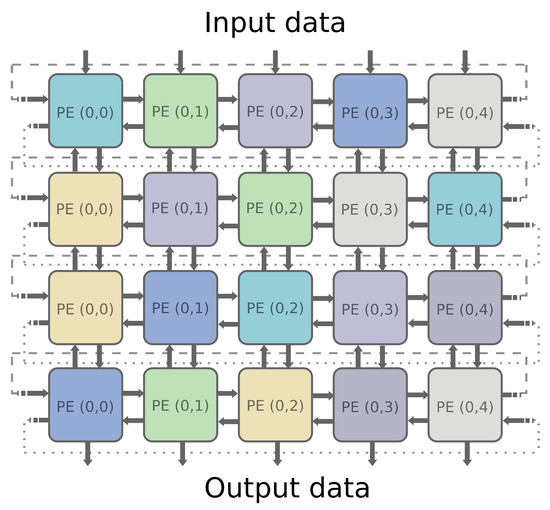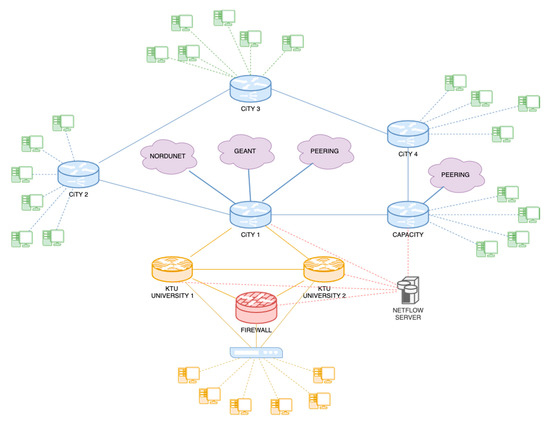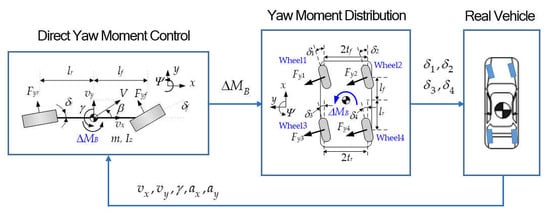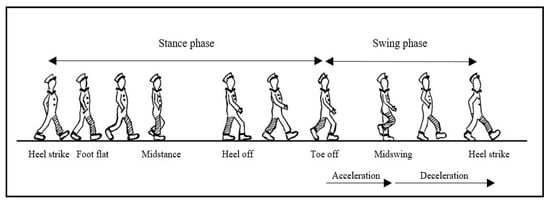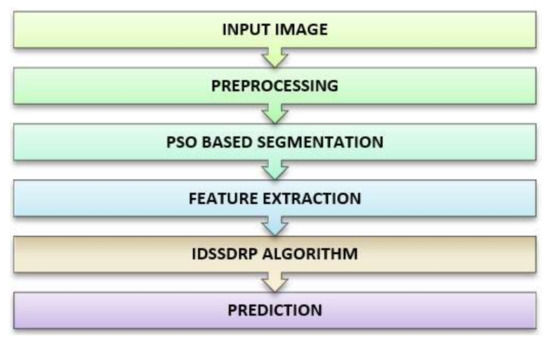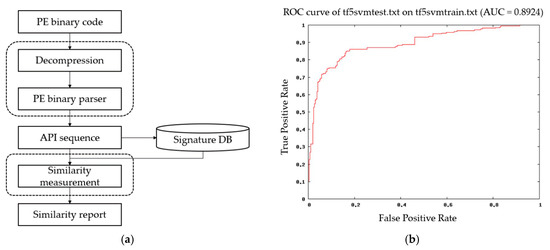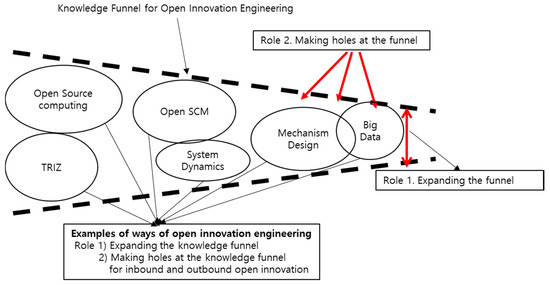Electronics 2020, 9(5), 804; https://doi.org/10.3390/electronics9050804 - 13 May 2020
Cited by 5 | Viewed by 9316
Abstract
In this paper, we describe the design of an electrically large anechoic chamber for usage on millimetre-wave bands. Ansys Savant sotware was used to perform a simulation of the chamber, using physical optics coupled with uniform theory of diffraction (PO/UTD). Moreover, a method
[...] Read more.
In this paper, we describe the design of an electrically large anechoic chamber for usage on millimetre-wave bands. Ansys Savant sotware was used to perform a simulation of the chamber, using physical optics coupled with uniform theory of diffraction (PO/UTD). Moreover, a method based on an open waveguide probe is described in this paper to obtain the electrical properties of the RF absorbers at millimetre-wave frequencies. Two different source antennas were simulated in this work and the corresponding quiet zones predicted. The largest quiet zone was , for a chamber size of .
Full article
(This article belongs to the Section Microwave and Wireless Communications)
►
Show Figures

